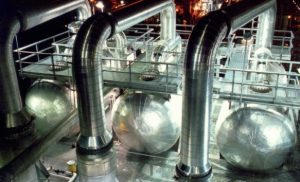
Unlock the true potential of your SRU
Fluor explores the versatile potential of oxygen enrichment for various revamp and debottlenecking opportunities.

Fluor explores the versatile potential of oxygen enrichment for various revamp and debottlenecking opportunities.

QMax Industries explains why effective steam and condensate management is essential to the performance, safety, and reliability of sulphur recovery units.
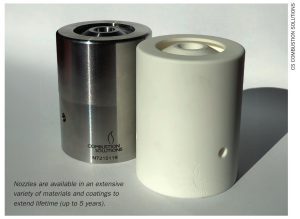
CS Combustion Solutions introduces the SR-P sulphur atomiser nozzle to the sulphuric acid process, combining the high-quality atomisation of ultrasonic systems with the affordability and simplicity of pressure atomisers.
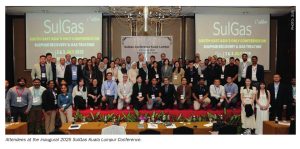
SulGas® KL, South-East Asia’s sulphur recovery and gas treating conference organised by Three Ten Initiative Technologies LLP, made its debut from 2-3 July 2025, at Impiana KLCC, Kuala Lumpur, Malaysia.
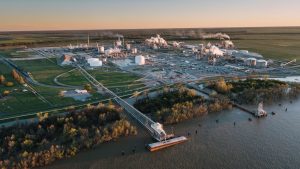
The carbon dioxide dehydration and compression unit at CF's production complex at Donaldsonville, Louisiana, is ready to start up.
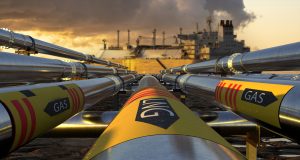
Advanced SRUs and decarbonisation technologies position LNG for net-zero goals by 2050. Mahin Rameshni and Stephen Santo of RATE USA review sulphur management strategies for LNG, from ppm-level H2 S scavenging and non-conventional liquid redox to Claus SRUs, and introduces RATE’s patented technologies to achieve >99.9% recovery, operational stability, and decarbonisation alignment amid regulatory and market challenges.

Pawel Kisielewski, CCm's CEO, talks to Fertilizer International about its innovative fertilizer technology, achievements to date and UK production scale-up.

Leaching /crystallisation is a preferable beneficiation process for complex and hard-to-liberate potash ores, according to ERCOSPLAN’s Dr Eike Kaps.

A model developed by ERCOSPLAN can help select the most efficient mining method for potash ore deposits.

Holland Novochem offers a long-established range of high-quality, anti-caking, moisture repellents and de-dusting agents.